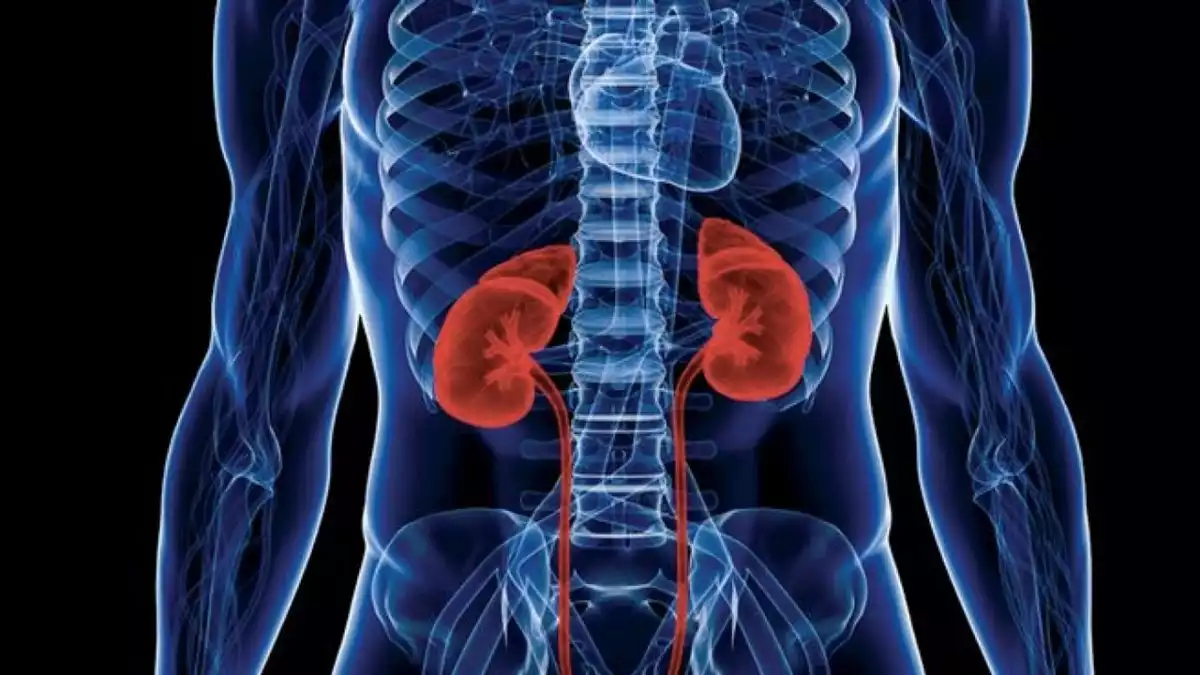
In this article, we are going to analyze the kidney anatomy and the different functions of each of its parts (both in humans and animals). The kidney is one of the primary organs of the human body and the urinary system, its evolution until today has been indispensable for the survival of all species.
Performing essential functions with unique characteristics, in comparison with other organs, it is one of the fundamental elements for the body's homeostasis and survival.
Kidney definition
The kidney is an organ from the urinary system. This system is in charge of generating, storing, and expelling urine. In the human body, the kidneys are located in the back of the abdomen, as there are two, one at each side of the spine.
On the other hand, the kidneys are irrigated by the renal vein, the renal artery, and they are connected to the central nervous system through a nerve called renal plexus.
Each kidney has on itself the so-called adrenal glands, which are responsible for regulating the response to stress, thanks to the synthesis of corticosteroids and catecholamines.
Kidney anatomy
The kidney has 5 fundamental parts to understand its functioning. Although there are more, these are the most important ones and the most anatomically visible ones. In this picture, you can see the parts we are going to explain and others.

1. Renal cortex
It is the most external part of the kidney. It is approximately 1 centimeter thick (depending on the zone) and it is a red-brown color. Of all the blood the kidney receives, 90% goes to the renal cortex.
Its main functions are: filter, reabsorb substances and secrete.
2. Renal medulla
It is the deepest part; it is located after the renal cortex. It is composed by 8-18 renal pyramids (cone-shaped tissues also called Malpighi's pyramids), among which are the columns of Bertin.
3. Nephron
The nephron is formed by 4 components (corpuscle, proximal convoluted tubule, Loop of Henle, distal convoluted tubule). This is where the blood is filtered to deposit useless items in the urine.
It is the most "sensitive" part to diseases because most of them affect this specific area.
4. Juxtaglomerular apparatus
This structure can be found in each of the nephrons of the kidney. It is one of the smallest parts of the kidney and one of the most important ones. Specifically, it is located between the afferent and efferent arterioles, next to the distal contoured tubule.
The structure of the apparatus is formed by the so-called juxtaglomerular cells, which secrete renin, an enzyme (protein) that is useful to maintain the balance of water and salts in the body.
Dense macula cells and Goormaghtigh cells also play an essential role in its structure.
5. Collecting duct system
Also called papillary duct or ducts of Bellini. This is the part of the kidney where the glomerular filtration arrives, through the distal contoured tubule.
In other words, the collecting ducts are in charge of receiving nephron secretions and draining the minor calyxes (where the urine is) to the ureter. The last step will be to send the urine from each ureter to the bladder, where it will be stored until its final expulsion, thanks to the urethra.
Characteristics
Where are the kidneys located? The right kidney rests behind the liver; while the left kidney is under the diaphragm and next to the spleen. The superior part of both kidneys (especially the left one, because it is further up) is partially protected by the ribs 11 and 12 (the last ones).
One of the most significant characteristics of the kidneys is that they account for 22% of the cardiac output of the whole body. This is, 22% of the effort the heart does is to make these organs work. Also, the kidneys are 1% the total weight of a person (on average).
Kidney function
The kidney carries out very varied functions. In the following lines, we are going to tell you the most important ones.
1. Excretion
The most popularly known purpose is to expel disposable substances through the urine. For this, the kidney is in charge of creating urine where it puts all those substances the body does not need, and that could be harmful, such as ammonia and urea.
2. Homeostasis
Homeostasis consists of a state of stability and self-regulation. The kidney has to achieve a balance of the body (animal or human). To accomplish this, it uses a lot of mechanisms that are highly complex, among which we can find:
- Regulation of the ionic composition in the blood.
- Regulation of blood osmolarity.
- Plasma volume regulation.
- Blood pressure regulation.
- Regulation of the pH of the blood.
3. Hormone secretion
Another function of the kidney is the secretion of different hormones, for different purposes. Among them, we have erythropoietin, renin, vitamin D and kallikrein.
4. Metabolic function
Through a metabolic process called gluconeogenesis, the kidney generates glucose thanks to the amino acids present in our organism. This is done in emergencies when the body has been without food for long periods. However, the liver is mainly responsible for this function.

